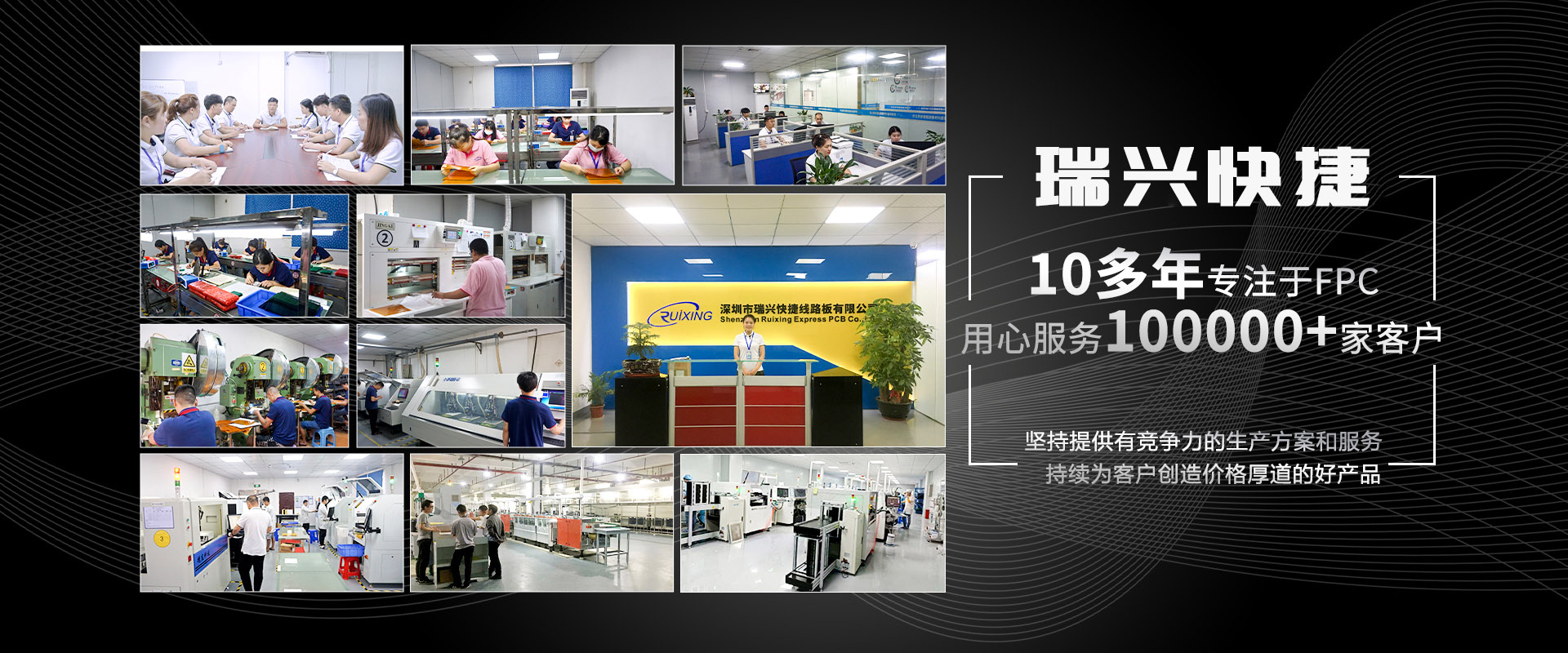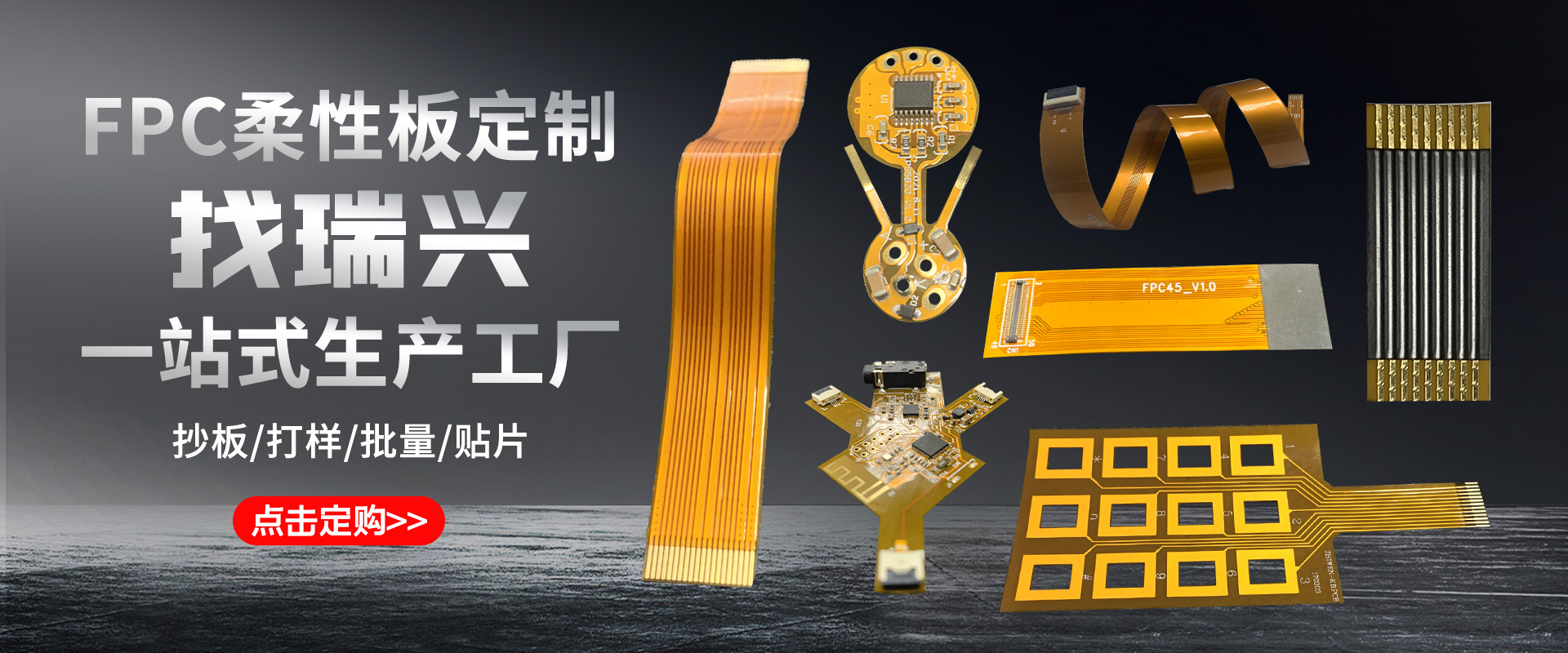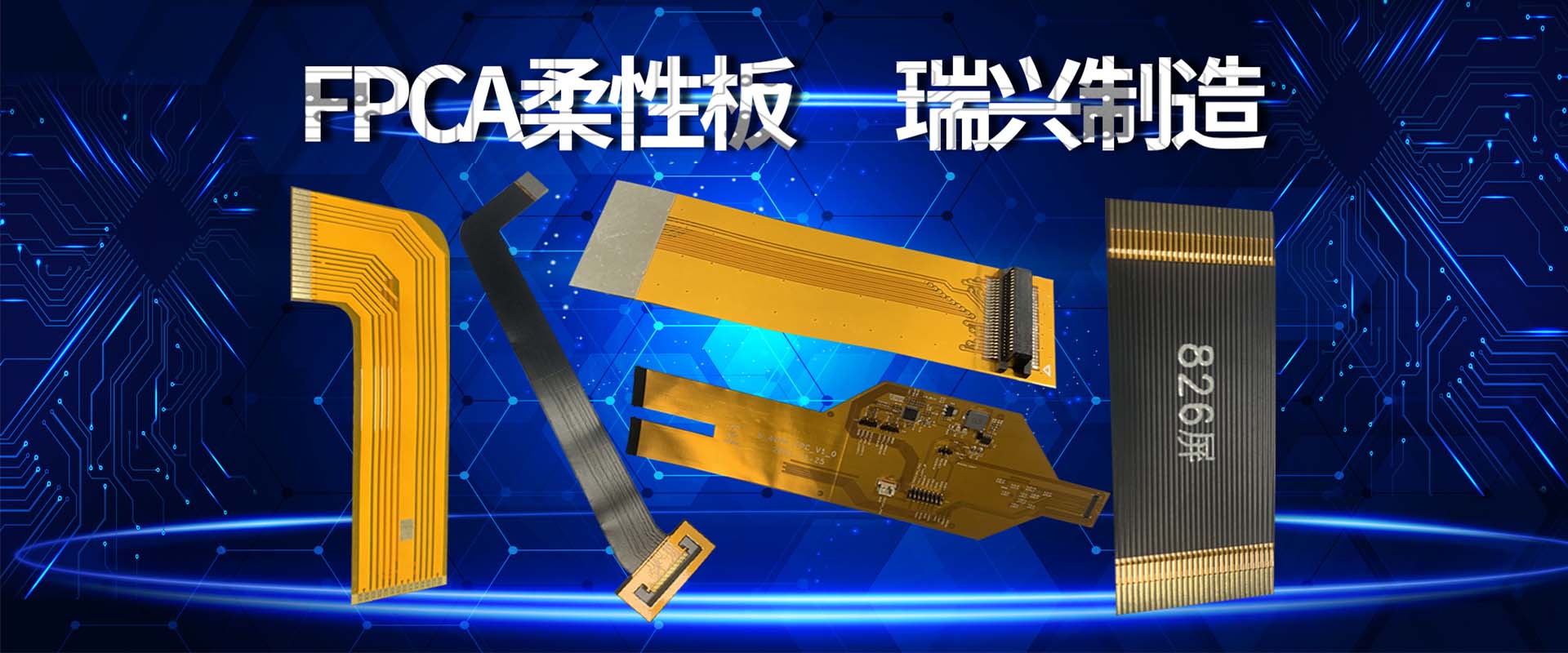
The difference between FFC cable and FPC cable
Flat cable, also known as FPC flexible circuit board. It is used for data transmission in moving parts and active areas according to the industry regulations on cable layout rules, wire sequence, wire color, and wire number. The cable layout is mainly divided into two types: round ends (R-FFC for short, for direct welding) and flat ends (FFC for short, for inserting into sockets).
Characteristics of flat cable
1. The cable layout is small in size and light in weight, and the original design of the cable layout board was to replace larger harness wires.
2. The flat cable can be moved, bent, and twisted without damaging the wire, and can comply with different shapes and special packaging dimensions.
3. The flat cable has excellent electrical properties, dielectric properties, and heat resistance.
4. The flat wire has higher assembly reliability and quality. Cable layout reduces the hardware required for internal connection, such as solder joints, trunk lines, backplane lines, and cables commonly used in traditional electronic packaging, enabling cable layout to provide higher assembly reliability and quality.
What is FFC flat cable? FFC flat cable is also known as flexible flat cable. The number and spacing of wires can be arbitrarily selected, making wiring more convenient, greatly reducing the volume of electronic products, reducing production costs, and improving production efficiency.
What is FPC cable? FPC cable is a set of connecting lines that can be bent to a certain extent. FPC can be divided into many types according to its functions, such as FPC antenna, FPC touch screen, FPC capacitive screen, and so on.
The layout difference between FFC and FPC is that FPC is a flexible printed circuit. From the perspective of their manufacturing, the way in which their lines are formed is different:
1. FPC uses chemical etching to process FCCL (flexible copper clad foil) to obtain flexible circuit boards with different wiring configurations, including single sided, double sided, and multi-layer structures.
2. FFC uses a flat copper foil sandwiched between two layers of insulating foil, making the finished product simpler and thicker.
In terms of price, natural FFC cable is much cheaper. Considering production costs, more companies prefer to use FFC cable related designs.







